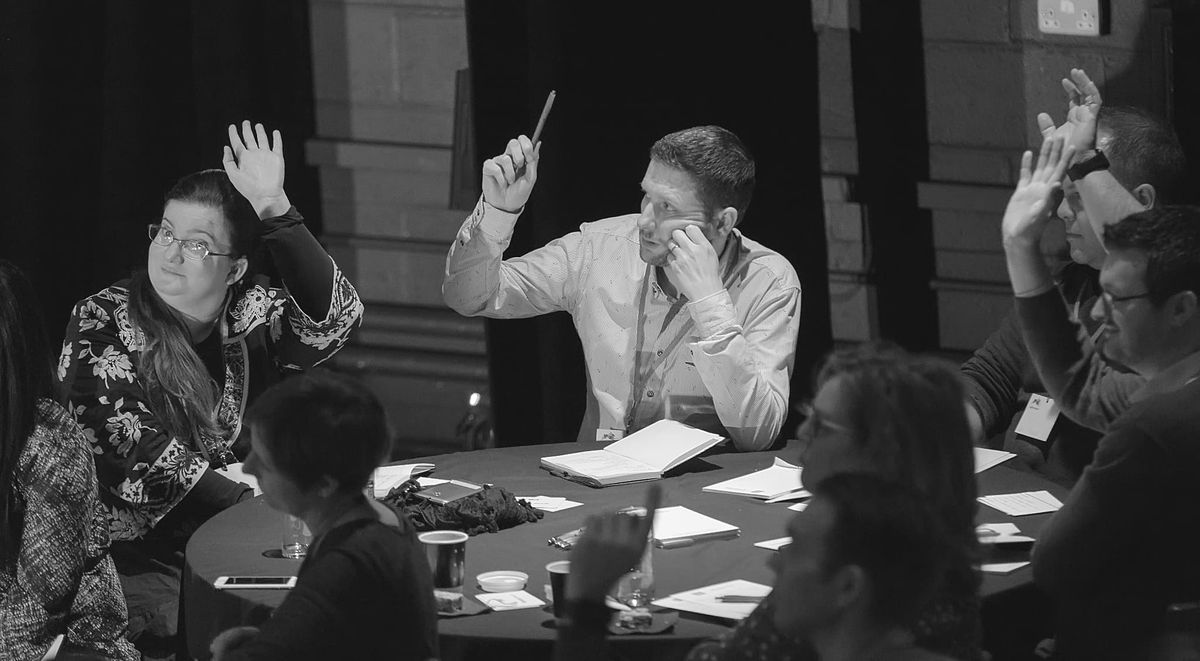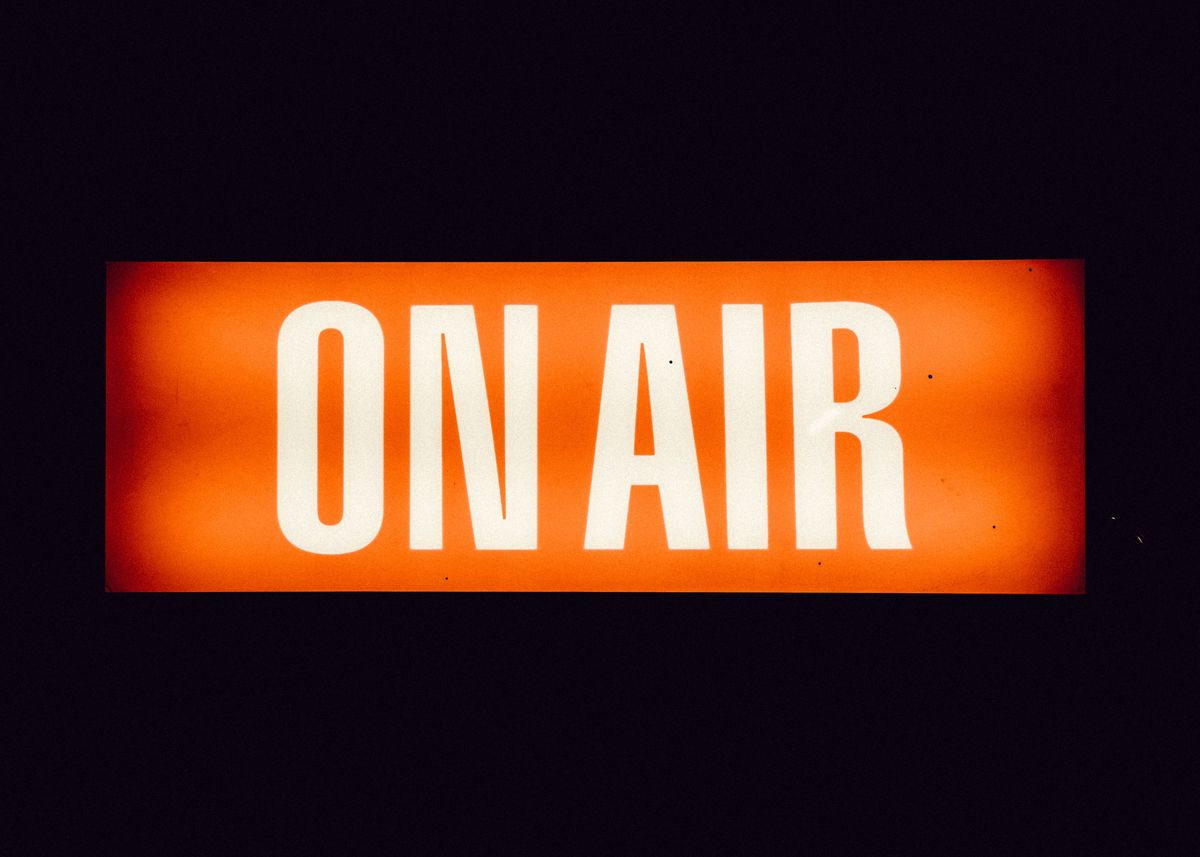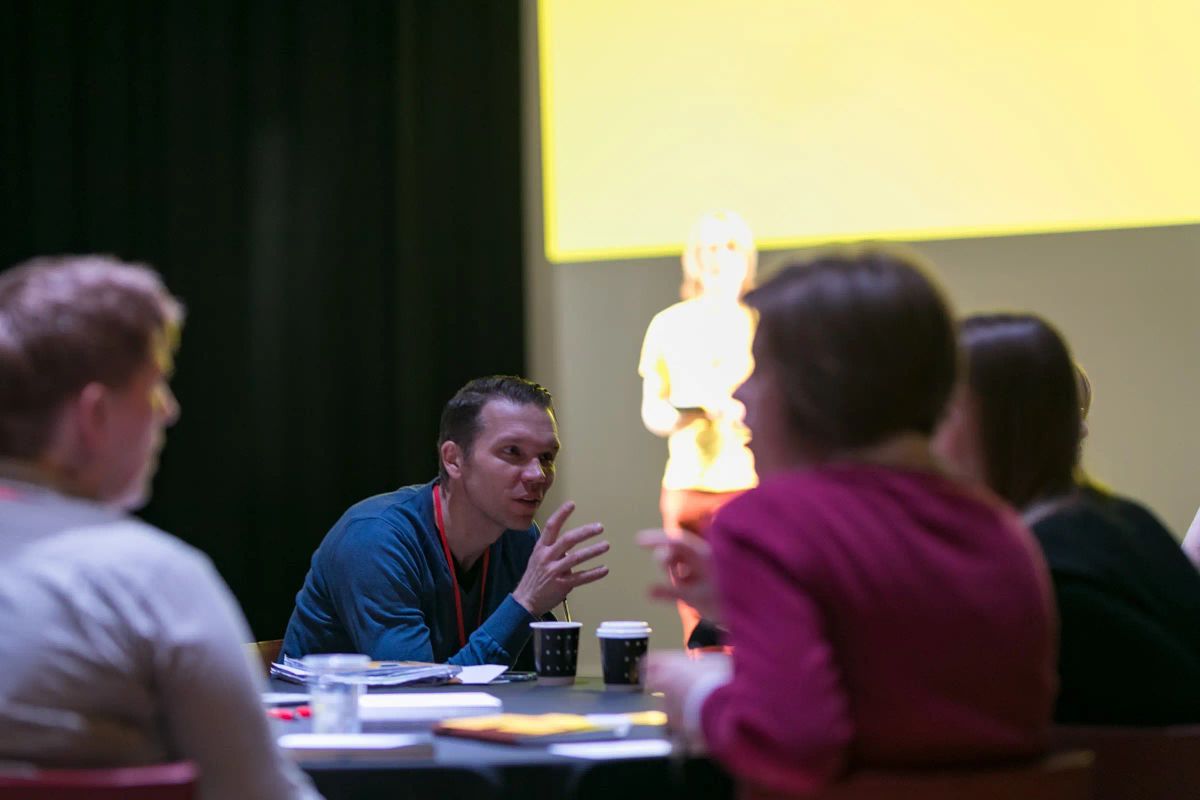
7 Reasons to Start a Talk with a Show of Hands
A tip that gets the audience involved in your presentation. While making you seem calm and confident. Read all 7 benefits and try it!
When you give a presentation, how do you begin?
Do you:
- A: launch into your slide deck
- B: make a joke at your own expense, or
- C: ask for a show of hands?
If you answered A or B, this post will make your presentations more effective. If you answered C, it will remind you of the benefits. And add a couple of tricks to your belt.
What is a show of hands?
A “show of hands” is when a presenter asks the audience to raise their hands if they agree with one or more statements. For example, imagine I was giving a talk about active listening. I could say:
Raise your hand if you’ve heard the term “active listening.” Great, about half of you. Now, keep your hand up if you’ve tried the technique. Thank you.
In this post I’m talking about doing this at the start of your talk. But you can do it as many times as you like. It’s:
- easy for the audience to respond to
- efficient (everyone answers at once)
- suitable for any group, from 5 people to 5,000
And it even works on Zoom.
Benefits
This method has so many benefits that I’ve listed 7 of them!
Starting your talk with a show of hands helps you to:
- raise the audience’s status
- calm down
- check your assumptions
- remind everyone that we’re LIVE
- appear confident and relaxed
- look like you wrote the talk for them
- set the scene for interaction
Let’s take each reason in turn.
1. Raise the audience’s status
I often work with people who want to build their confidence. Whether that’s in a boardroom or at a team meeting. The key to coming across as confident is to play high status. (Technically it’s called “happy high”.)
While understanding status is a whole other post, here’s an easy tip. Watch the most self-assured speakers, and you’ll notice something. They raise the status of their audience. These people are so confident, they can big you up and it doesn’t seem to cost them anything.
In fact, the more they raise other people’s status, the more confident they seem.
When you stand in front of a group of people, you start with a higher status. (Even if you feel nervous.) You’re the one talking, they’re supposed to listen. But you can play with this. Asking them to contribute raises their status. It makes them more important.
It’s as if you’ve promoted them from cinema spectators to extras in the movie itself. They are now part of the action.
2. Calm down
Very few presenters are totally calm when they walk on stage. They might seem relaxed. But most people feel a little nervous. Even the most successful ones.
The solution to nerves isn’t to try to eliminate them. It’s to find tricks that let you hide them. And to practise strategies that get you back on track.
Asking for a show of hands is a great example of this. First, it gives you a break from talking. (A short one. But enough to breathe.) Second, it gives you info about how the audience feels. If they’re with you. Whether this is good news or bad, knowing more will calm you down.
3. Check your assumptions
When you prepared your talk, you considered what the audience wanted from you. This is great. But things can go wrong on the day, when:
- you start to doubt your assumptions, or
- it turns out you were wrong
Getting input at the start of your talk deals with both of these. It lets you check. If your assumptions were correct, you can relax. If not, you have time to change course.
Some of the best talks happen when a speaker realises that people need something different to what they prepared. So they discard their presentation and talk about whatever excites the audience.

4. Remind everyone that we’re LIVE
When people sit down to watch a talk, their energy level tends to drop. Think of the first talk after a conference lunch. Or the fourth Zoom briefing of the day.
If you want people to engage with your ideas, you need to wake them up. One way to think about this is to answer the question:
Why couldn’t this talk be a YouTube video? Or a PDF of my slides?
If you’re presenting live to people—either in person or over the Internet—you need to remind them of that fact. Getting them to answer a question will change their energy level. They’re no longer passive consumers. They are taking part too.
5. Appear confident and relaxed
Audiences find it easier to listen to speakers who appear relaxed. (If you seem uncomfortable, people will start to worry about you. Instead of engaging with your ideas.)
Asking the audience for their input makes you look more confident. You’ll come across as someone who:
- can handle feedback
- isn’t afraid to give up control
- wants the best for the audience
This makes you easier to listen to. But it also means that people are more likely to take what you say seriously.
6. Look like you wrote the talk for them
This is my favourite public speaking hack. Try to make it seem as if you wrote the talk specifically for this audience. Even if you didn’t.
Imagine if I walked on stage and shouted, “you people need to learn active listening!” How might that go down?
Now imagine I started a talk by asking a question. “Raise your hand if you’d like tools to understand colleagues better”. And then, if enough hands went up, I told them how my solution could help. Do you see the difference?
An obvious objection: what if they don’t want what I’m offering? That’s a risk I’ve got to take. You can mitigate this risk by doing research. But occasionally you will need to veer off course. Which, by the way, audiences love to watch…

7. Set the scene for interaction
Opening with a show of hands is just the start. You can work in audience interaction throughout. This could include:
- more shows of hands
- pair or group discussions
- exercises or games
- questions and answers
This will make your presentation feel like a conversation. Even if most of the ideas come from you.
This might sound like hard work. In a way, it is. You need to learn how to run a room. And what to do when things don’t go to plan.
On the other hand, it’s much more likely to work! People will engage with your ideas more. And understand them better. You’ll come across as confident and interesting to listen to.
Get started
This method is easy to try. Figure out what question you’re going to ask. And open your talk with it. See where it takes you!